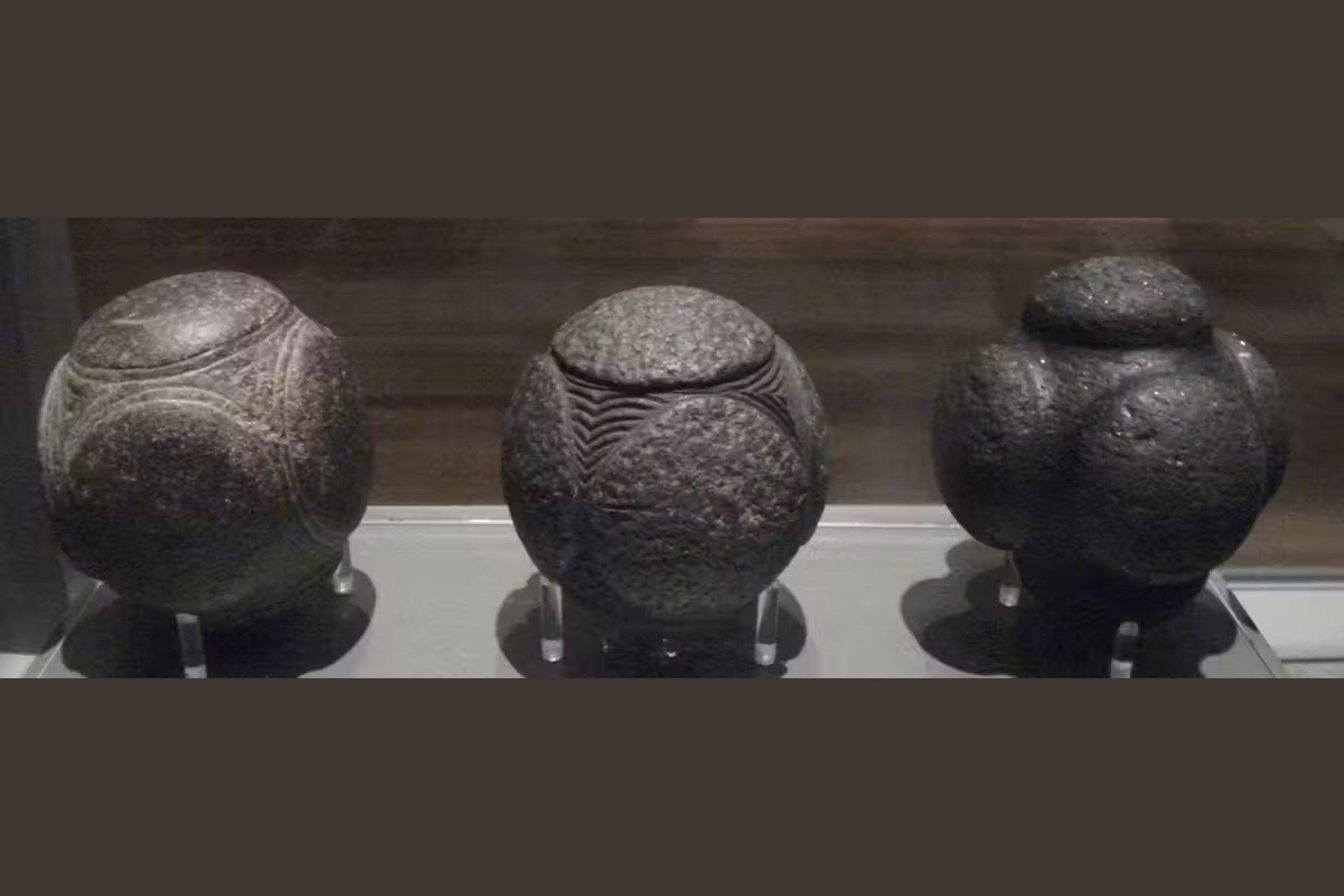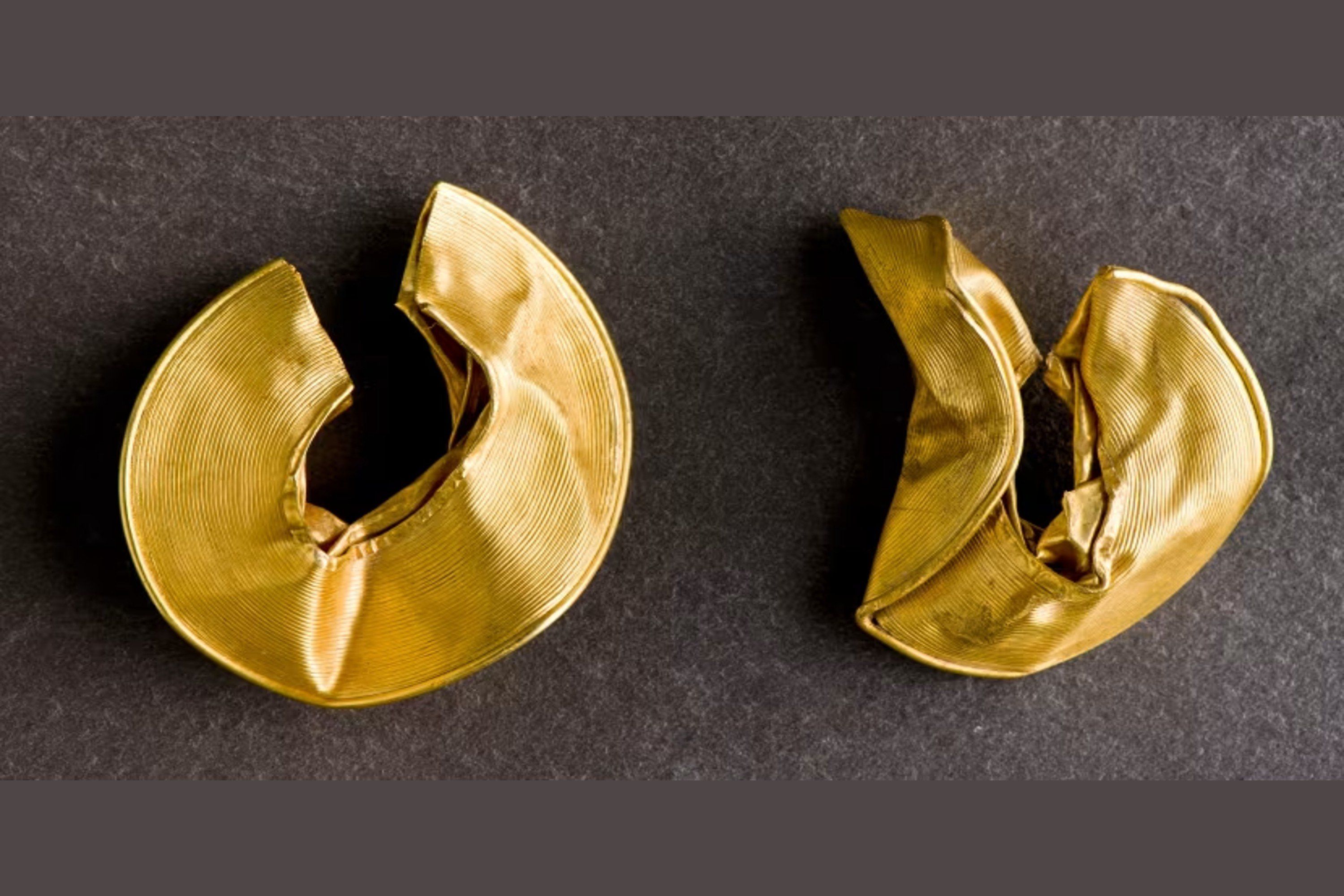is generally celebrated for providing a window into our shared past.
offered by some ancient finds is foggy, to say the least.
Indeed, some treasures remain a mystery hundreds of years on from their first discovery, with even the most qualified scientists unable to confirm what purpose they once served.
stone balls, which date from around 3,200 to 2,500 BC and are found predominantly in Scotland.
More than 425 of these balls, which are generally the size of a cricket ball, have been unearthed since the 19th century, according to Natasha Harlow, a research fellow at the University of Nottingham’s department of classics and archaeology.
The decorations sculpted into their surface take the form of spirals or concentric shapes, in keeping with designs found on pottery and other monuments of the same era.
Harlow explains that some have been found in burial sites, others in settlements, but they are “rarely, if ever, identical and most are found alone, so don't seem to have been part of a set.”
And although some appear to have been heavily handled, the original use of these balls remains a source of great debate.
“Were they missiles for deterring predators and pests? Weapons of war? Toys? Or perhaps measuring weights, household ornaments, mnemonic devices, ball bearings to move megaliths or holders for yarn?” she writes.
“The answer still escapes us.”

Strange objects called Roman dodecahedra represent another such mystery.
These date back to the Roman period in Britain (from around 43 to 410 BC), with around 130 so far unearthed across the northwest provinces of the former Roman empire.
Each of these is finely crafted from a copper alloy but they all differ in size and “rarely show use-wear which could hint at their purpose,” Harlow notes.
Furthermore, no representations of these dodecahedra feature in ancient art or literature, so experts have been left clueless as to their intended use.

Elsewhere, Bronze Age "lock-rings" are another great ancient enigma: highly decorative ornaments crafted from gold sheet and wire.
These small, open rings date from the late Bronze Age (around 1000-800 BC) and have been found in Ireland, the UK and parts of France.
They can be plain or have delicate, geometric engravings and have often been unearthed in matching pairs, according to Harlow.
Recent studies have concluded that they could have been nose rings, earrings or hair ornaments.
But, as Harlow points out: “None of these explanations is terribly satisfactory, as various elements of their design would make the rings difficult or uncomfortable to wear.”
The main issue here is that experts are missing context: these rings haven’t been buried close to body parts which could indicate where they were once worn.

All we can say is, mystery is the greatest fuel for curiosity, and we hope experts will keep scratching their heads for centuries to come.
Sign up for our free Vivid Bulletinweekly newsletter
How to join the Vivid Bulletin's free WhatsApp channel
Have your say in our news democracy. Join the conversation about this article in the Comments./em>

Post a Comment
0Comments